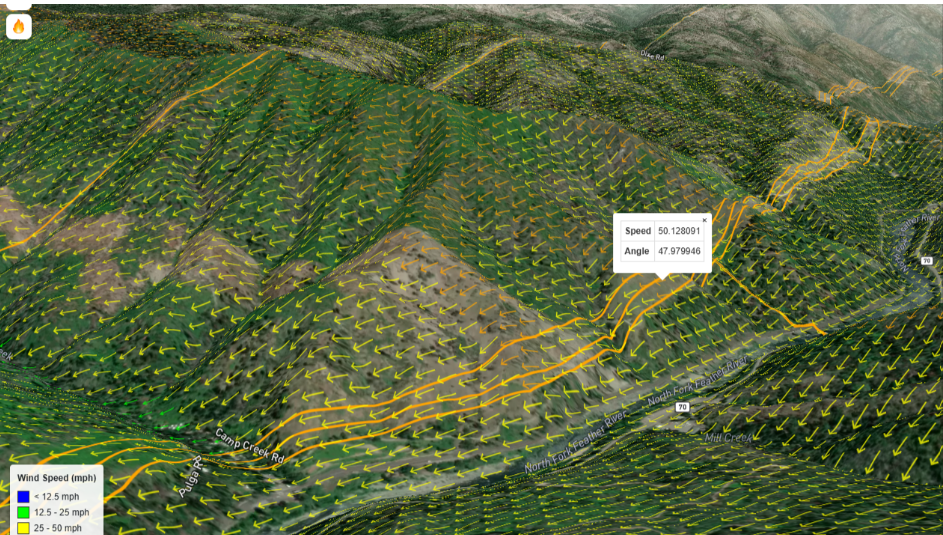
Turn Intelligence Into Action
SkyTL transforms complex real-time data into actionable decision making, empowering you to predict, prevent, and protect against natural disasters.

Complete Disaster Response Lifecycle
From prevention to recovery, SkyTL supports every phase of disaster management, empowering organizations, agencies, and communities to act with confidence..
Before Disaster Strikes
Reduce risk through simulation, hazard mapping, and proactive mitigation strategies across multiple disaster types
Risk Management
Preventive Planning
During Active Events
Real-time alerts, evacuation guidance, and disaster spread predictions when every second counts for community safety
Evacuation Guidance
Dynamic Forecasting
Infrastructure Protection
Safeguard critical infrastructure with targeted shutoffs, maintenance scheduling, and resilience planning
Asset Protection
Liability Mitigation
Disaster Response and Recovery
An advanced decision-support tool that optimizes multi-asset mission planning, execution, and safety in high-risk environments
Community Support
Grant Assistance

Meet Our Products
Two specialized solutions delivering advanced science and intelligence to support decision-makers across industries and missions.

Discover how our innovative solutions are making a real-world impact through cutting-edge technology, strategic partnerships, and life-saving applications.
Technology Success Stories
July 2025
WindTL Predicts Fire Spread from Real-Time Aerial Mapping
How WindTL pioneered the first commercial use of in-flight fire mapping to predict fire movement in real time, delivering critical wildfire intelligence with unprecedented speed during high-stakes wildfire events.
May 2025
ForeTL Enhances Mission Safety
Empowering safer space missions, smarter rescues
March 2025
How SkyTL is partnering with Google to predict and combat wildfires
July 2024
WindTL forecasted the Thompson Fire’s embers jumping the river hours in advance


Backed by leading organizations




















